
21 · female · diagnosed asperger'sThe vacuum of outer space feels so comfy :)
233 posts
Latest Posts by cozy-airlessness - Page 3

Columbia STS-1 landing at Edwards AFB
STS-1 was the first orbital spaceflight of NASA’s Space Shuttle program. The first orbiter, Columbia, launched on April 12, 1981 and returned on April 14, 1981, 54.5 hours later, having orbited the Earth 36 times. Columbia carried a crew of two – mission commander John W. Young and pilot Robert L. Crippen.




Orbiter Columbia OV-102 had a unique external feature the “SILTS” pod (Shuttle Infrared Leeside Temperature Sensing), it was located on the top of her vertical stabilizer. It was installed after STS-9 (1984) to acquire infrared and other thermal data on the vehicle’s environment. The instruments were removed after several missions but the pod remained.

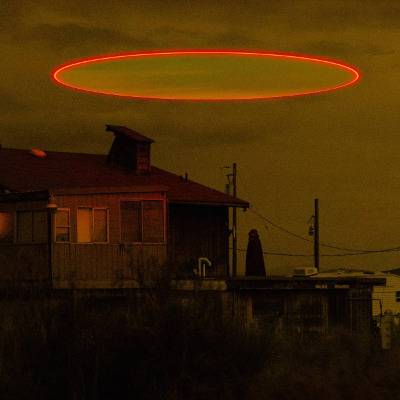
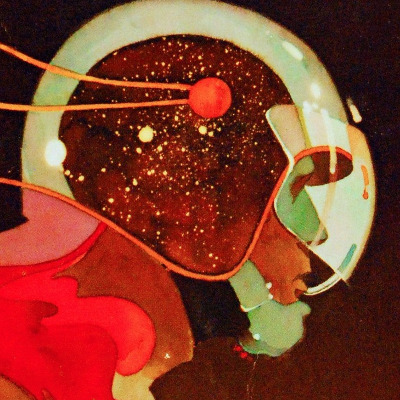
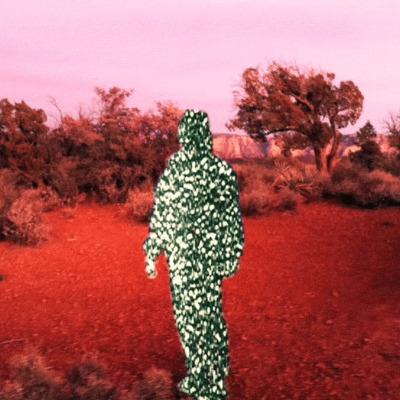
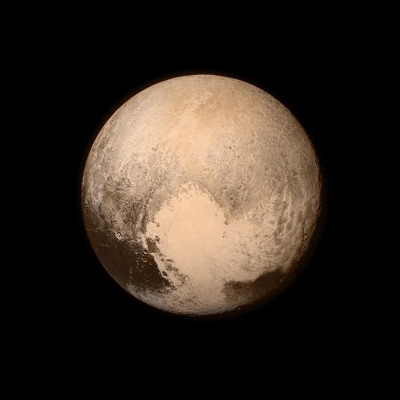
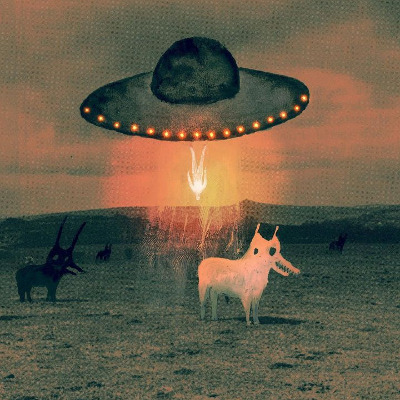
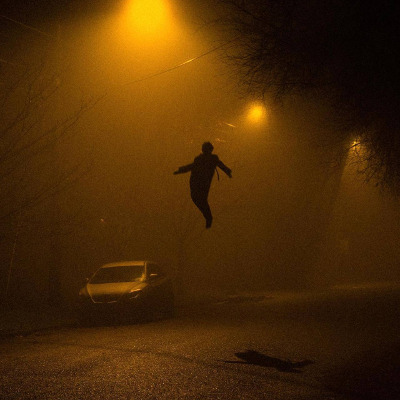

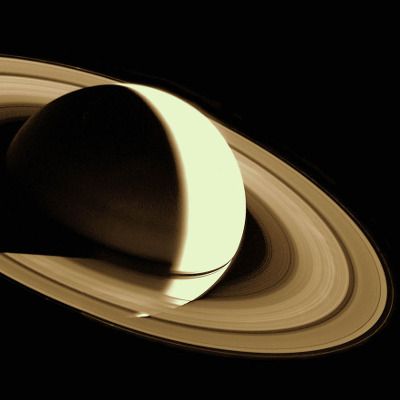
FROM OUTER SPACE
[ julia soboleva ]









TODAY IN HISTORY – On June 18, 1983, the Space Shuttle Challenger carried astronaut Sally Ride into Earth orbit, launching her into history as the first American woman in space. It was seventh space shuttle mission, lasting 6 days, 2 hours, 23 minutes, 59 seconds. When the shuttle returned, Dr. Ride said, “I’m sure it was the most fun that I’ll ever have in my life.”
(NASA)










The most complex flying machine ever created
Underappreciated Space Shuttle photos
Endeavour being serviced in the OPF
Columbia, STS-62. The OMS pods can be seen glowing due to interactions with atomic oxygen in an unusually low perigee of 195km. The hexagonal outline of the Extended Duration Orbiter Pallet is also visible.
Atlantis, STS-98. Approaching the ISS.
Endeavour, STS-54. Reflections in the window.
Challenger, rolling out before STS-6.
Mission Specialist Kathryn Thornton looking out the window while aboard Endeavour, STS-49.
Discovery, stacked ahead of STS-41.
Atlantis, STS-44. Bumped camera.
Discovery ahead of STS-128.
Challenger, STS-41B. Launching for the heavens (zoom in).

Apollo 13 concept art by Ryan Aeronautical





Apollo X - Thomas Stafford, Gene Cernan, John Young
May 18 - 26, 1969
I feel like the world could benefit from a realistic visual sci-fi that heavily focuses on characters and moods. Space as it really is has a huge potential for moods. The way in which space exposes humans to all number of dangers, physical and psychological, is something that has not really been explored enough.
I doubt that every space habitat will have spin gee. If we understand our current political system, we can assume that a freefall, non-rotating habitat would be cheaper to live in. People who decide to move to space for whatever reason will use their life savings to find a cramped, tiny cupboard in some space station.
Your bones get thinner. Your eyesight gets worse. Your blood pressure goes down. You don't feel as hungry. Your muscles shrink. Your skin loses all its tan from hiding in the dark. The tops of your feet get calicoes from hooking onto things.
You get depressed. Isolated. Claustrophobic. Tired of seeing the same room every day. Irritable. Irrational. Anxious. After a long time, atheists would turn superstitious.
These things have been explored a bit from what I've seen, but they seem to be background elements of some greater story. Maybe it's just not possible to make this topic the focus of a movie. The closest I've seen is Ad Astra, which is an okay movie.
We will eventually spend years in space. Someday, people will be born there. We will be sickly and depressed, even with spin gee. This would have signified the ultimate migration of human living from the natural to the mechanical. From death by biology to death by astrodynamics. Where you have to be a technical genius to not die if something malfunctions.
Space is not luxurious. People won't actively choose to move there en masse without a good reason. Migration into space will take hundreds of years.
Don't get me wrong, The Expanse is one of my favourite shows, but I don't watch it for the combat and politics.
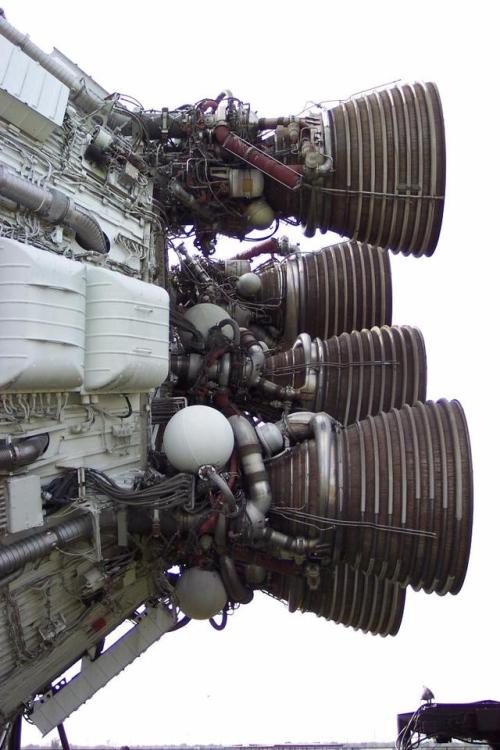


Space Shuttle Atlantis payload bay backdropped by the ISS, STS129E November 2009. 🌎🚀









Pathfinder maiden flight, For All Mankind “Triage”

Peripheral vision. Anna Lee Fisher prepares for the 14th mission in Space Shuttle history & the 2nd of Discovery, Nov 1984. Dr. Fisher spent 8 days in space during her career & also assisted in the development of the Canadarm & the design of spacesuits for women. Selected as an astronaut candidate in 1978, her other accomplishments include being a Doctor of Medicine & a Masters in Science graduate.


Close up of Space Shuttle Atlantis docked to the ISS. 🚀✨

A man takes a picture from a rooftop as the Endeavour Space Shuttle makes its way toward the California Science Center on October 13, 2012.⠀ ⠀ Via Time and Photographer Rick Loomis-Pool

A great crew photo.
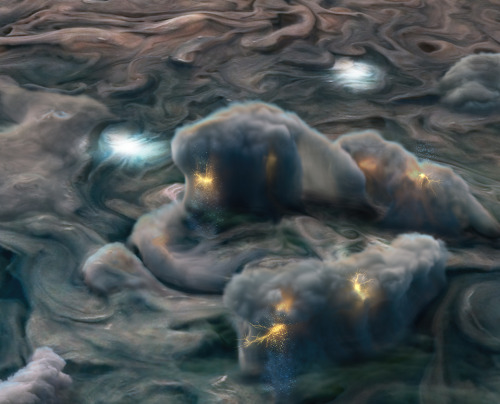
New results from our Juno mission suggest the planet is home to “shallow lightning.” An unexpected form of electrical discharge, shallow lightning comes from a unique ammonia-water solution.
It was previously thought that lightning on Jupiter was similar to Earth, forming only in thunderstorms where water exists in all its phases – ice, liquid, and gas. But flashes observed at altitudes too cold for pure liquid water to exist told a different story. This illustration uses data obtained by the mission to show what these high-altitude electrical storms look like.
Understanding the inner workings of Jupiter allows us to develop theories about atmospheres on other planets and exoplanets!
Illustration Credit: NASA/JPL-Caltech/SwRI/MSSS/Gerald Eichstädt/Heidi N. Becker/Koji Kuramura
Make sure to follow us on Tumblr for your regular dose of space: http://nasa.tumblr.com
the fact elon mask genuinely might ruin the night sky for everyone makes me wanna sharpen my shovel and get to work

“Stop The Militarisation Of Space” Soviet Union 1984
girls after saying something smart: So yeah
biggest betrayal is when it’s supposed to thunderstorm and it doesn’t
hooked noses, flat noses, big noses, and nose bumps are cute society just has bland taste and a preference for white features
this year we’re asking ourselves if the people we’re supporting are supporting us too

Animated gif for a class that I procrastinated on for like a month! It’s Sally Ride, who I had a mild obsession with in like elementary school
Intellectually disabled autistic people are important and they matter, regardless of what they can and can’t do.
Cognitively disabled autistic people are important and they matter, regardless of what they can and can’t do.
Chronically ill autistic people are important and they matter, regardless of what they can and can’t do.
Mentally ill autistic people are important and they matter, regardless of what they can and can’t do.
Multiply-disabled autistic people are important and they matter, regardless of what they can and can’t do.
Young autistic people are important and they matter, regardless of what they can and can’t do.
Elderly autistic people are important and they matter, regardless of what they can and can’t do.
All autistic people are important and they matter, regardless of what they can and can’t do.
The personhood of autistic people is non-negotiable.

!!Important!!
there’s such an unhealthy stigma, especially in academic communities, surrounding taking time off or dropping out. putting education above your health and well-being isn’t okay and should not be the standard. obviously there are positives to school/college/uni, but the environment created by the education system can be so horrifically damaging in so many ways, and demonising stepping away from or leaving it only makes it worse. as much as education is important, your health and well-being are infinitely more so.
it is okay to take breaks. it’s okay to take a year off. it’s okay to leave if that’s what you need to do. dropping out does not make you stupid, nor does it make you a failure. take care of yourself first and foremost. traditional education is not the only way to learn.
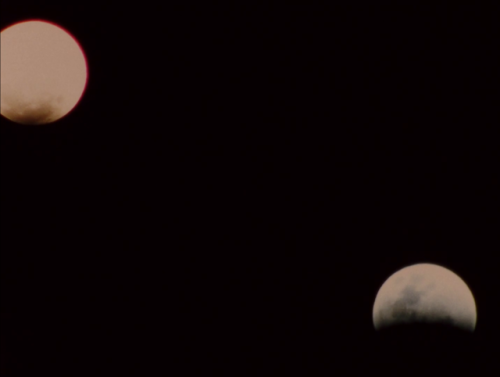

Altiplano (Malena Szlam, 2018)
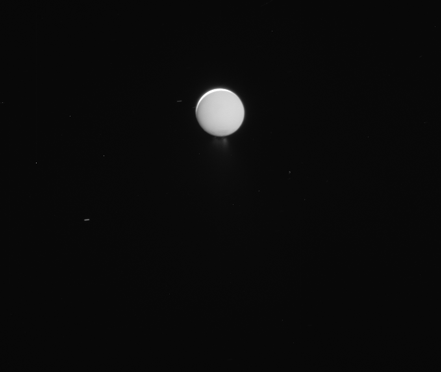
This movie sequence of images is from the last dedicated observation of the Enceladus plume by NASA’s Cassini spacecraft. Credit: NASA/JPL
